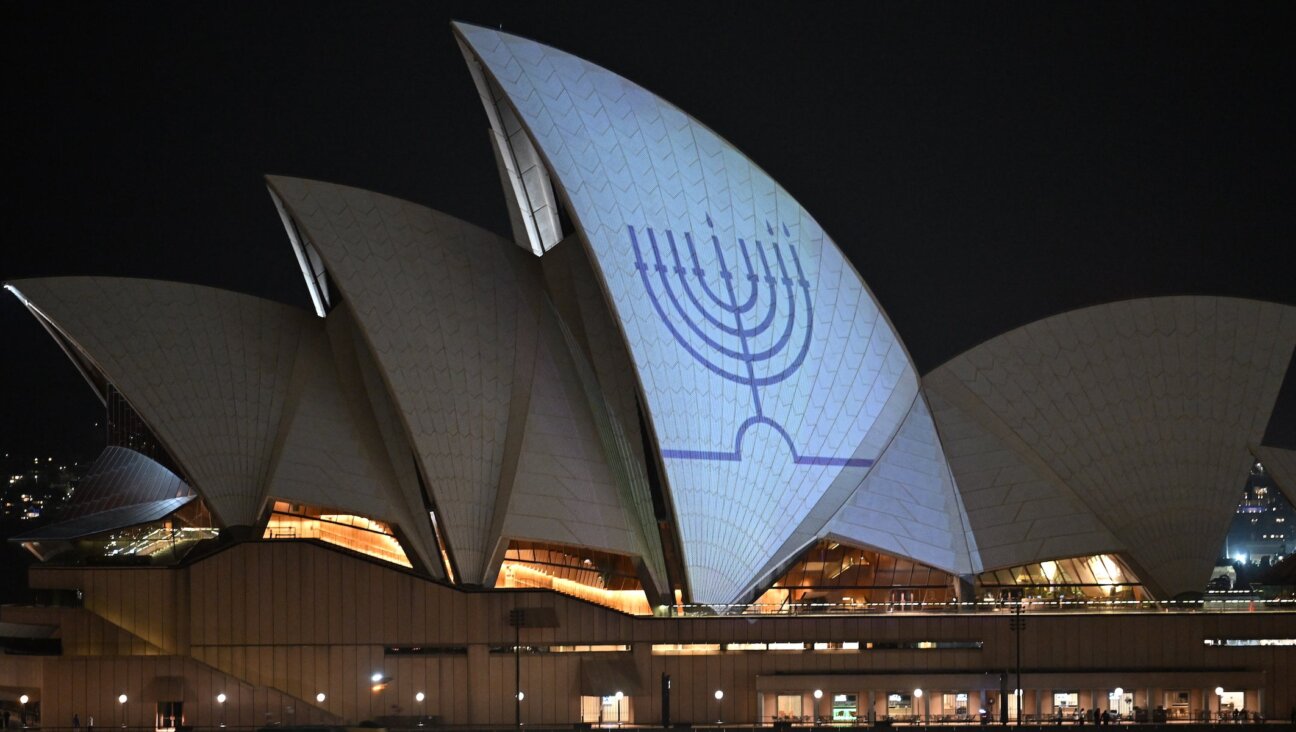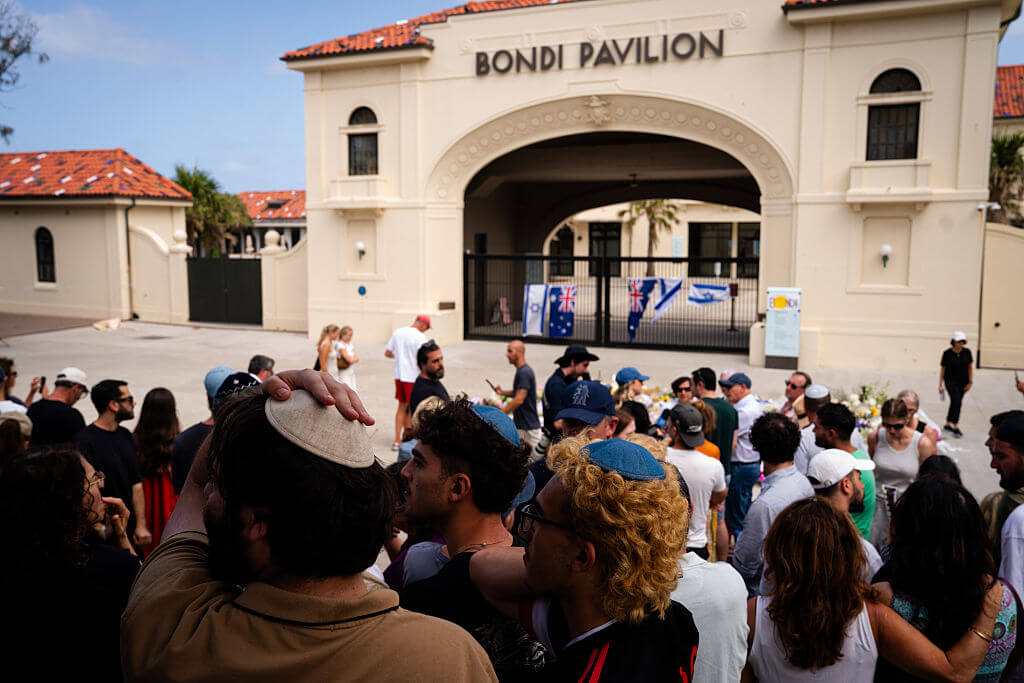Massive Development Back on Track in Jerusalem
A last-minute change to the new master plan for the Jerusalem area could open the door to reviving a massive housing project planned for the west of the city that was shot down in 2007.
About two months ago a symbol was added to the map of the master plan, which the National Planning and Building Council is to vote on next week, indicating that a development proposal could be submitted in the future for part of the parcel that had been earmarked for the erstwhile project.
The Safdie Plan, named for the architect behind it, Moshe Safdie, called for building thousands of homes on two mountain ridges in West Jerusalem. The eventual defeat of the plan by a coalition of environmental organizations was considered an unprecedented victory for Israel’s green movement. Environmentalists argued there was plenty of land available for construction in other parts of the city and there was no need to build the capital out to the west and destroy forests to do so. The plan’s supporters felt the project was the only way to counter rising housing prices in Jerusalem and stanch the city’s population drain.
The final blow to the Safdie Plan came from a report that backed the environmentalists’ claims about land availability. The proposal was defeated resoundingly in the National Planning and Building Council, in a vote of 23 to 3.
Since then the plan’s detractors have claimed that this was a strategic turning point for Jerusalem in that it catalyzed development of the city center. But environmental activists in the capital often expressed concern that pressure from real estate developers and the desire for easy answers to Jerusalem’s chronic housing shortage would spell the return of the Safdie proposal. These concerns have grown in the past two years in light of international pressure against new construction in areas beyond the Green Line such as Gilo, Har Homa, Givat Hamatos and Pisgat Ze’ev that contain the largest reserves of land for residential building.
Environmentalists say that the new head of the Interior Ministry’s planning administration, Bina Schwartz, is an enthusiastic supporter of reviving the Safdie Plan. Schwartz, who began the job toward the end of the discussion process for the district master plan, was indeed behind the proposal that ended with the symbol signaling possible future development to the map attached to the master plan.
Go to Haaretz.com













